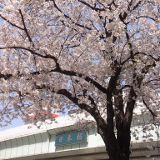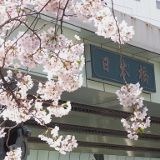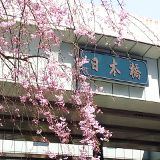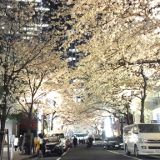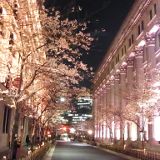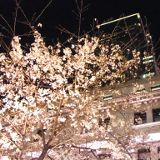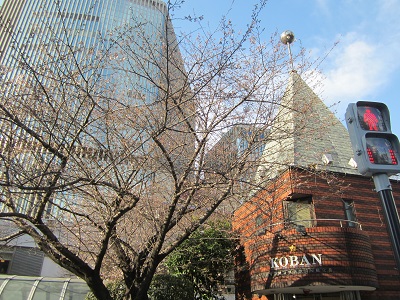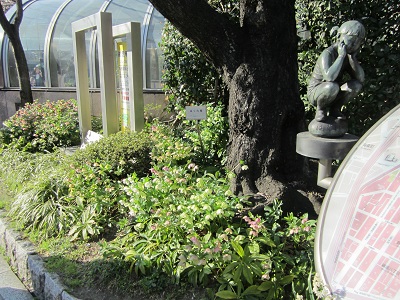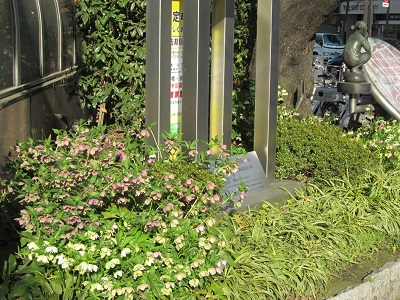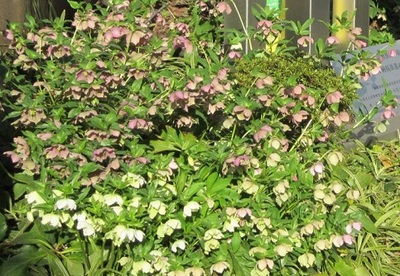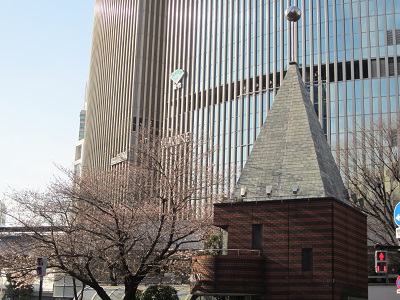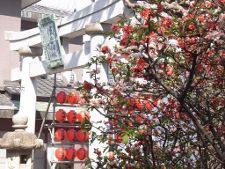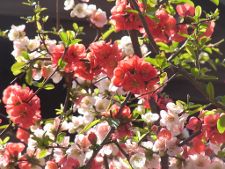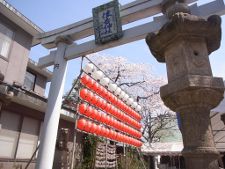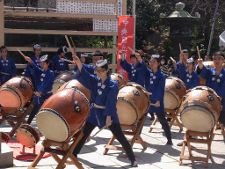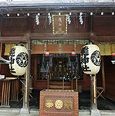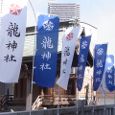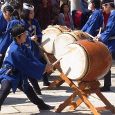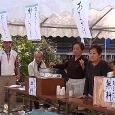On March 29, the sixth day after the flowering declaration of Yoshino cherry tree in central Tokyo on March 23, the daytime temperature rose to 21.3°C and was in full bloom at once.
5 days earlier than normal, along with Fukuoka, the earliest full bloom in Japan.
It is expected that warm days will continue in the first half of this week, so it will be a great day for cherry blossom viewing.
In Nihonbashi, a city where cherry blossom viewing culture has been alive for a long time, the annual “Nihonbashi / Spring / Sakura Weeks” is currently being held, but the cherry blossoms at the side of Nihonbashi are in full bloom and are even more bustling.
・On the east side of Nihonbashi Kitazume "Otome no Hiroba" Yoshino cherry tree
・weeping cherry tree (Sanbun bloom) on the west side of Kitazume.
・Waterfall Plaza on the east side of Minamizume, Yoshino cherry tree weeping cherry tree
・weeping cherry tree, Flower Plaza on the west side of Minamizume.
In the neighborhood, "Sakura-dori St.", which boasts the largest number of about 150 Yoshino cherry tree trees in Chuo-ku, is worth seeing, and there are approximately 80 relatively cherry blossom trees in Yoshino cherry tree in Wakagi, from the Bank of Japan to Showa-dori. (By the way, the character of the stone monument marked with the street name is the book of the 12th generation Danjuro Ichikawa).
"Sakura-dori St." and "Edo Sakura-dori St." are lit up at night, and you can enjoy the fantastic "night cherry blossoms" with a different atmosphere than during the day.
